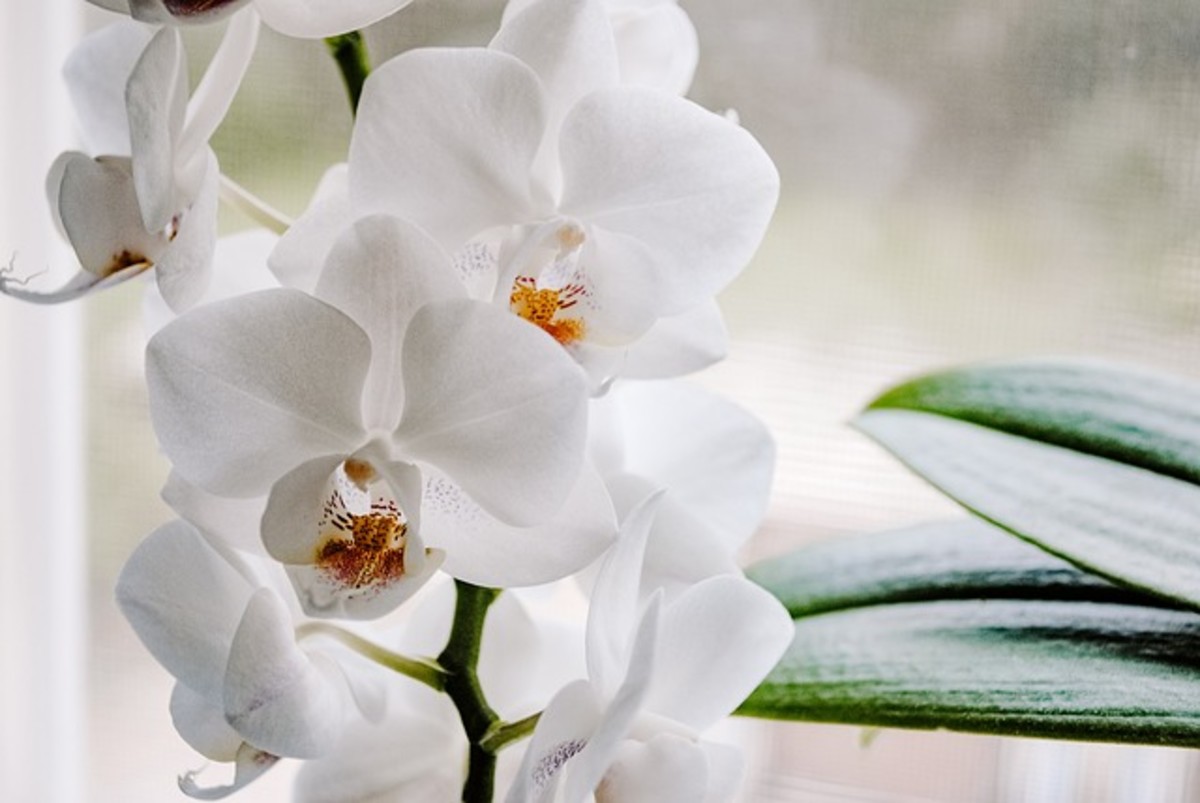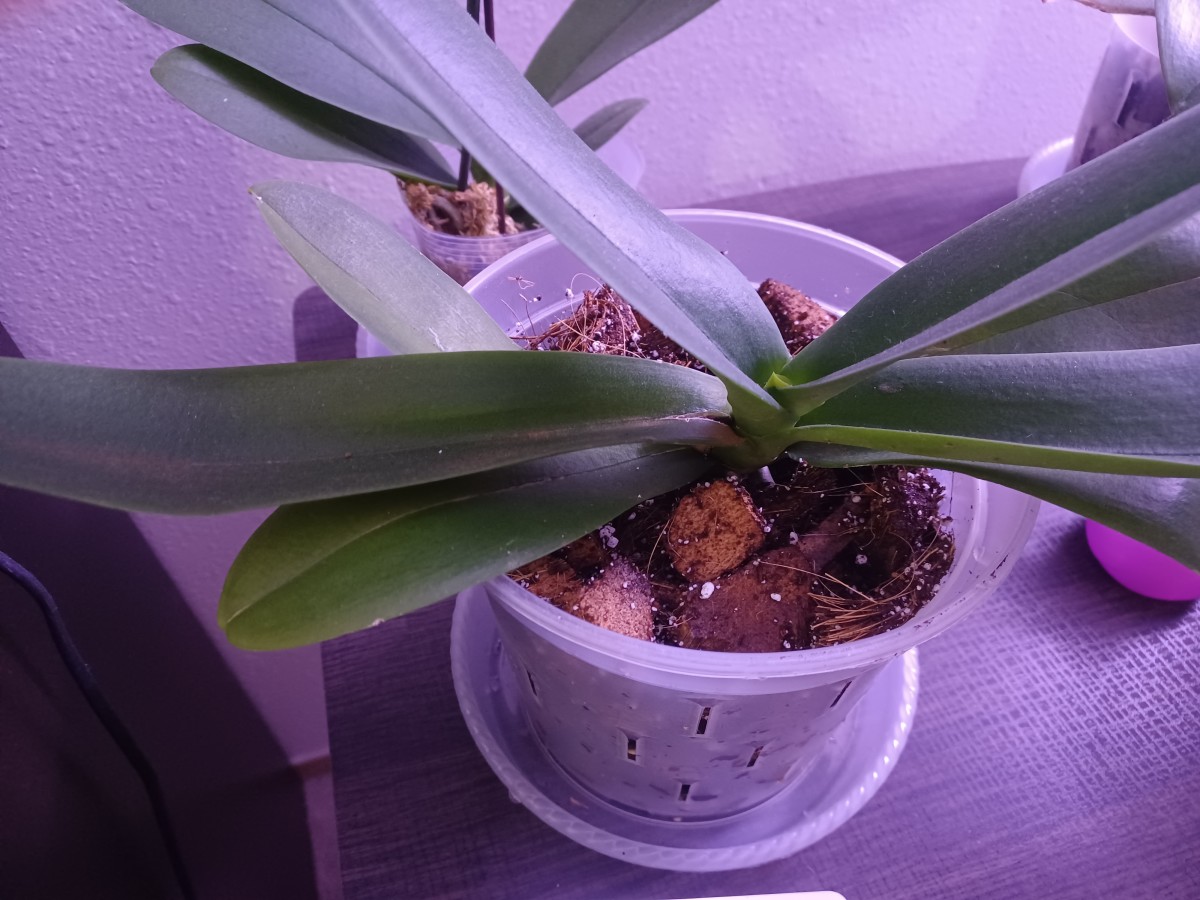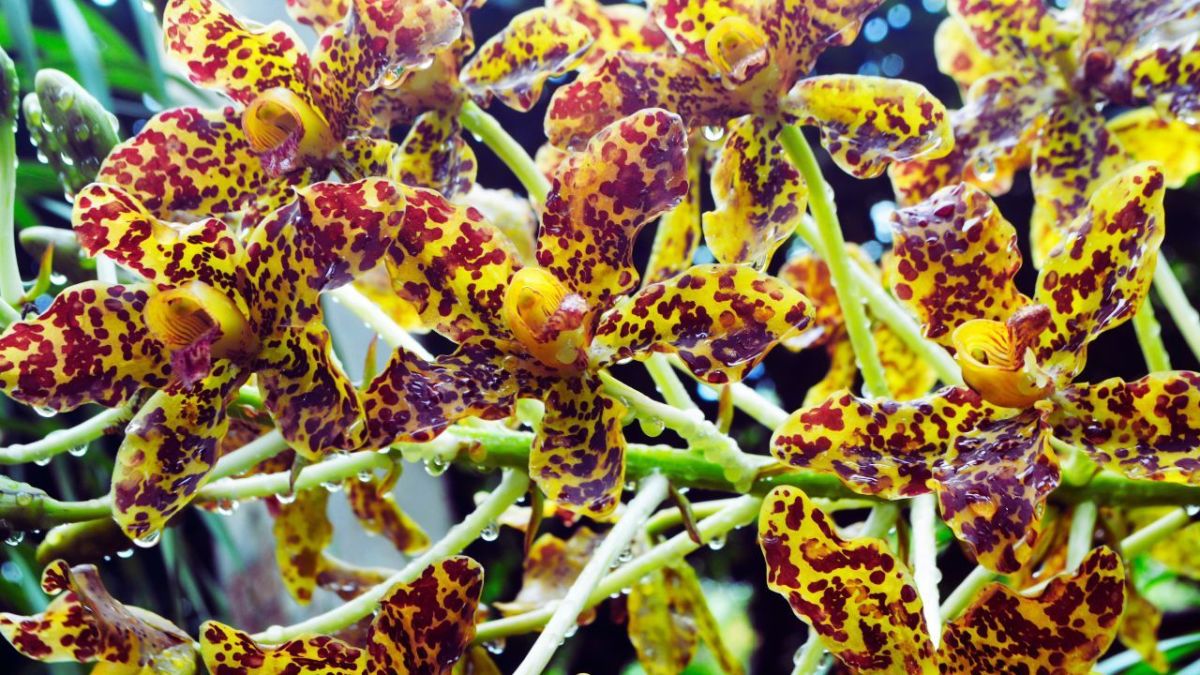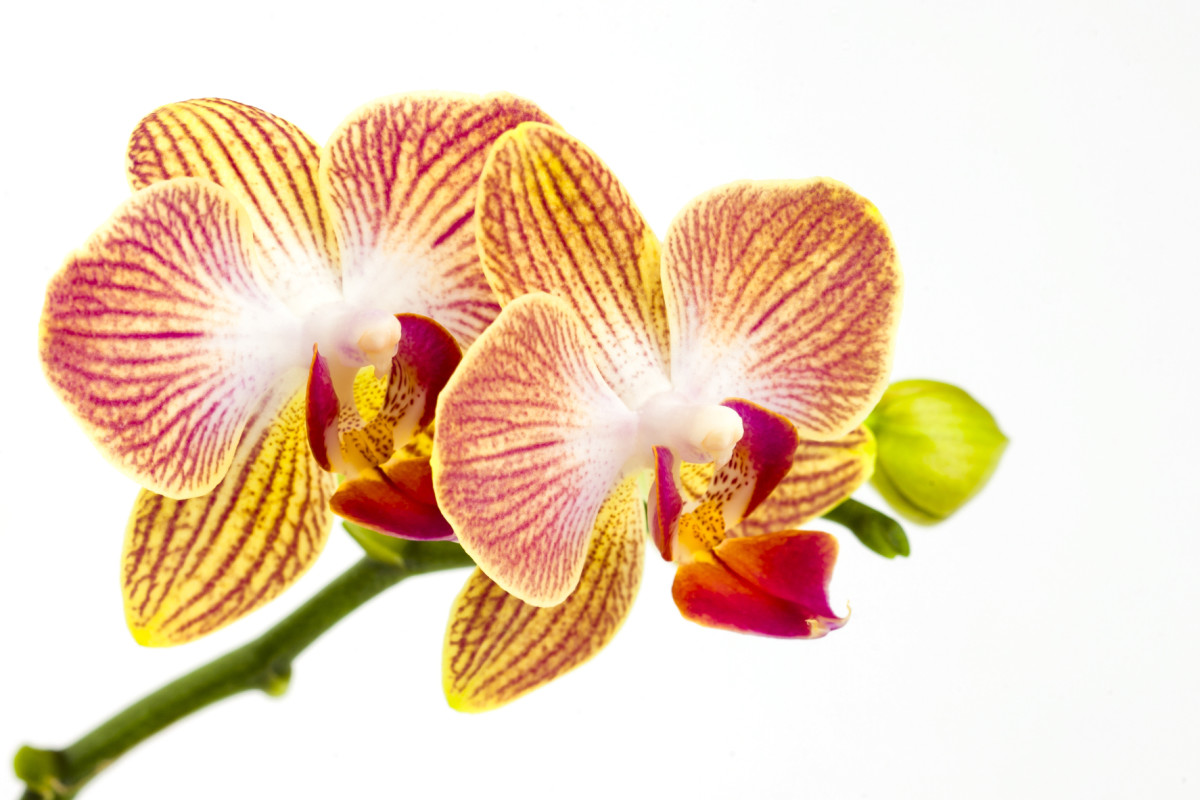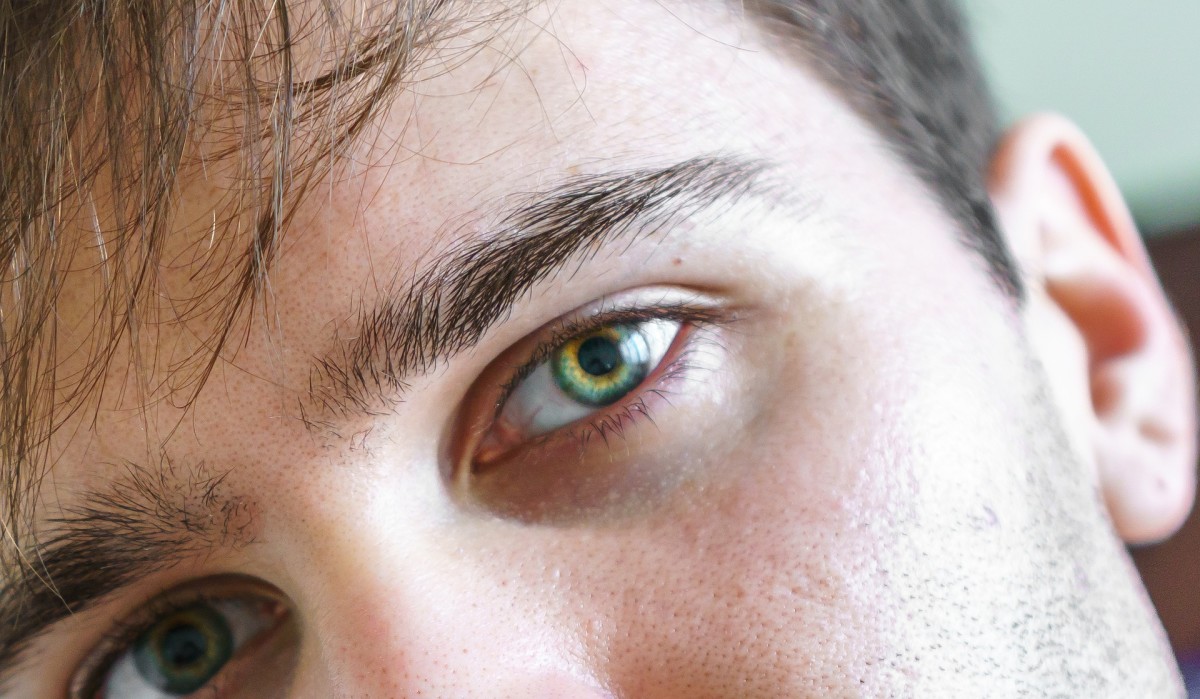Orchid - Symbol of Love, Luxury and Beauty
Orchid History
The history of orchids is fascinating and it dates back to the Greek civilization and the name comes from “orkhis” which means testicle because of plants tuberous roots.
Greek women believed they could control the sex of their unborn child with orchid roots. They believed if the fathers consumed the roots, the child would be male and if the mother consumed the roots, the child would be female. Orchids have long been a symbol of love, royalty, luxury, and beauty.
They were considered an aphrodisiac during the Middle Ages and were also used as a remedy for several illnesses. Additionally, orchids were used in certain love potions.
Beautiful Orchid
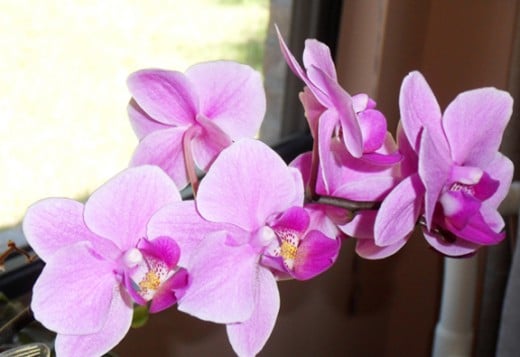
Orchids in England - 1800s
During the 18th century orchid gardening and care of orchids became popular. They were considered a flower for the wealthy and were first studied by Sir William Cattley, an English horticulturist.
This genus includes 113 species of orchids gathered from Mexico, Costa Rica to South America. Sir Cattley showed the flowers to John Lindley, a famous botanist, who actually named this beautiful orchid as the Cattleya orchid.
Gorgeous White Orchid
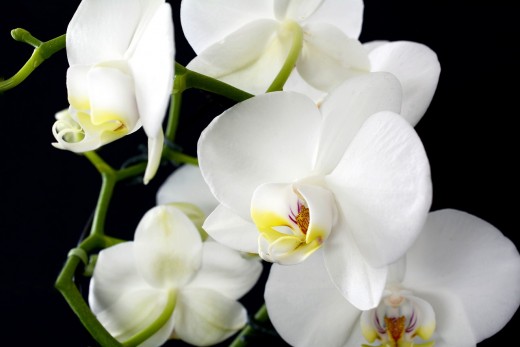
Purple Beauty
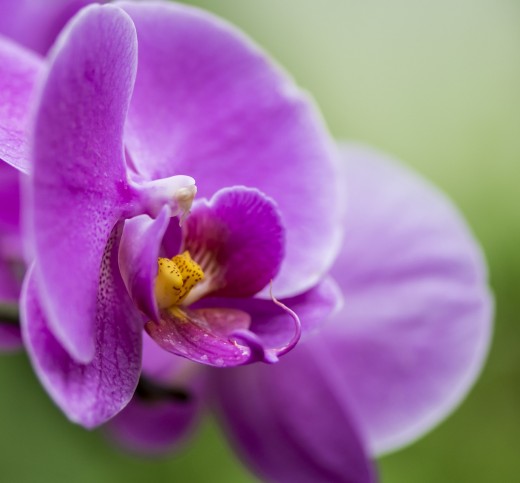
Orchids in the US mid 1800s
In the United States orchids were first grown in Boston about 1838, in a small greenhouse by James Bott. When Mr. Bott died in 1842 he bequeathed his orchid collection to John Amory Lowell who built a larger green house and imported more specimens.
While you might think at this point orchids flourished and became popular, that isn’t what happened. Mr. Lowell leased his property, and the orchids were neglected by the tenants.
Edward Rand ended up buying what was left and built his own green house. He was very enthusiastic and by 1856, he had the largest collection in the country.
The orchids were ultimately donated to Harvard College and then to greenhouses at Cambridge Botanical Garden. Orchids continued to become more popular and interest grew around the country. By 1850, there were 400 specimens and orchids were being imported from Mexico and South America.
In the late nineteenth century orchids were being harvested in Europe without consideration of preserving the species and whole areas were devastated, especially in England. The exception was France as they were importing orchids by 1840, and were successful in their attempt to acquire and preserve an excellent collection.
Orchid Selection
Beautiful Vanilla Orchid
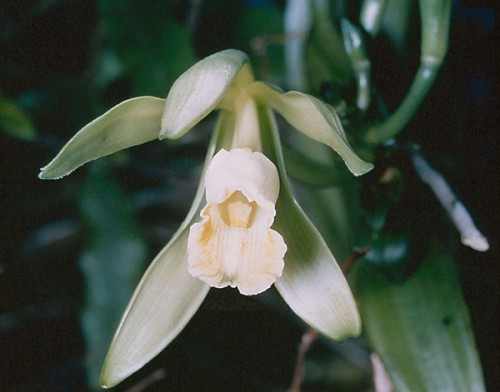
Aztecs - Vanilla Orchid
The Aztecs of Mexico believed the famous vanilla orchid represented strength. They drank a potion made using vanilla orchids for strength,
Advances in Reproducing Orchid Genus
There have been so many advances in methods to reproduce orchids today; there are 110,000 different hybrids included in 25 to 30 thousand known species. This hubs discussion will be limited to the more well-known varieties. Orchids are the largest family of flowers in the world which is primarily due to their adaptability. Regardless, most harvesting of wild orchids is banned today.
The majority of orchid species are Epiphytes, and they grow on trees. Other species grow around or on rocks forest floors and some grow in soil. Most orchids have a pseudobulb which store water. Orchids are a favorite house plant today due to their exquisite beauty.
Tropical Beauty
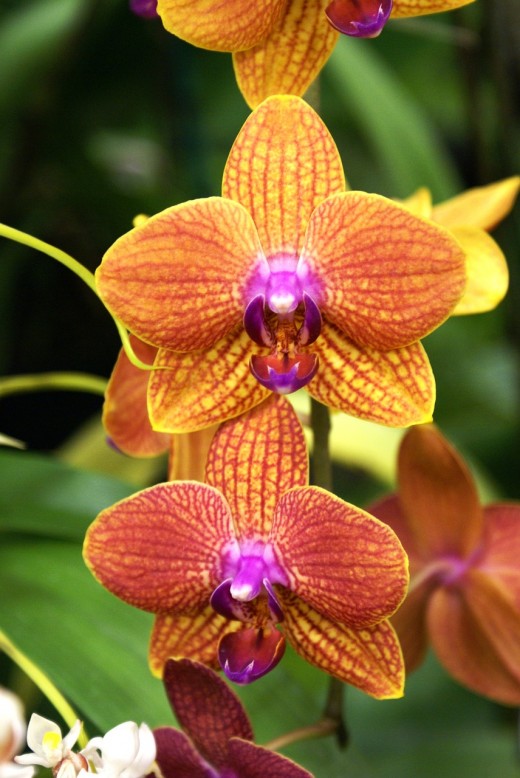
Cattleya Orchid
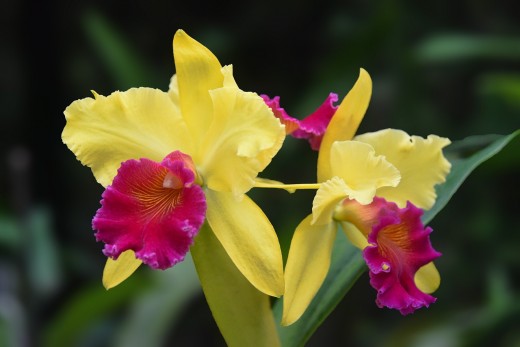
Cattleyas Orchids
One of the more common types of orchid grown in the home are the Cattleyas. Cattleyas are divided into two groups according to the number of leaves arising from the pseudo bulbs. They require a lot of light, even if you have to resort to artificial lighting, and they grow better in warmer temperatures.
Cattleya orchids are the benchmark of orchids due to their popularity since the late 1800’s. As Epiphytes they like their potting material to dry out between watering, and they can even be mounted on a slab of wood or in a tree if you live in a humid climate. They come in a beautiful variety of colors.
Caring for Different Types of Orchids : Caring for Mini Cattleya Orchids
Phalaenopsis - Most Popular Orchid
Phalaenopsis (also called the moth orchid) are the most popular type of orchid as they have large, colorful long lasting blooms. They bloom twice a year, but their blooms may last for two or three months.
They require medium light and like warmth during the day and cooler nights. They thrive well if they are kept slightly moist all the time. You can often buy them at a grocery store, and they are white or a pink-purple variety. In nature they grow on trees in a constantly wet environment.
Phalenopsis Orchids
Lady Slipper
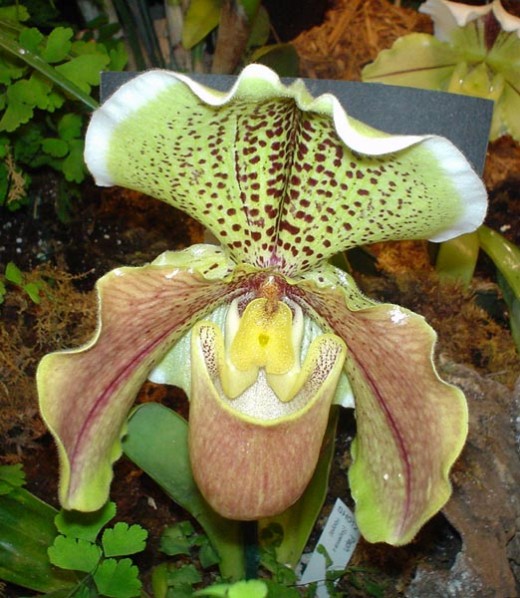
Paphiopedilum - Lady Slipper
Paphiopedilum are known as the lady slipper orchid. They are relatively easy to grown. For the best results these flowers need to have their potting medium changed annually and every six months is even better.
The key to growing this species is allowing them to have a good root system. They need to be watered twice weekly, and they thrive in a sunny window and it is important to avoid cold or warm drafts, such as vent heat.
Cymbdium
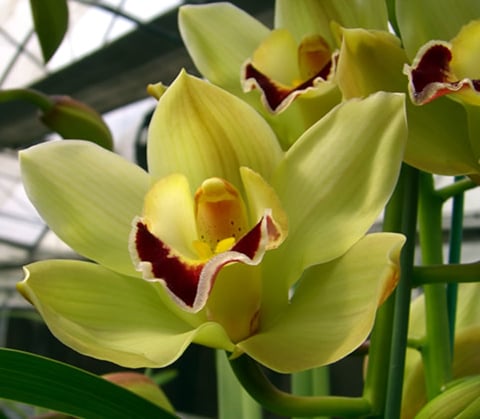
Cymbidium Orchid
Cymbidiums have been making a much-deserved comeback in recent years, probably due to the newer varieties being smaller and more easily managed than older varieties.
They can be moved outdoors in the summertime, as long as they receive about 50% shade. They due well with copious pure water in the summer as salts in tap water can damage the plant. Reduce water in winter months but don’t let the plant dry out. Cymbidiums are semi-terrestrial orchids. Grow them in loamy humus, so the thin roots are in the mixture.
Dendronian Orchid
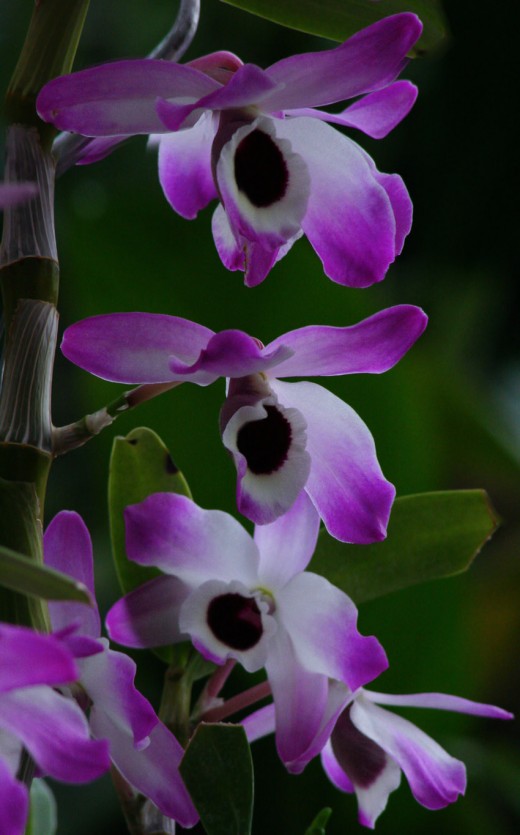
Dendronian and Miltroniopsis Orchids
Two other varieties which are bit more difficult to grown indoors, yet commonly done, are Dendronian and Miltroniopsis.
Dendrobium has approximately 100 different species. They are prolific and diverse in size and shape. These are also epiphytes or air plants and in nature they grow on trees, on bare rocks at various elevations and great extremes in temperatures. They have well developed “canes” which are water storage organs and are an upright, leafy plant. There are several varieties available but typically they need good light with at least 50% sun and they thrive with hot day time temperatures, with a 20 degree drop at night, as temperatures that are too cool will cause leaf drop. They need even moisture during growth periods, and then let them dry out between watering after growth periods.
Dendrobium Orchids
Miltonorchds
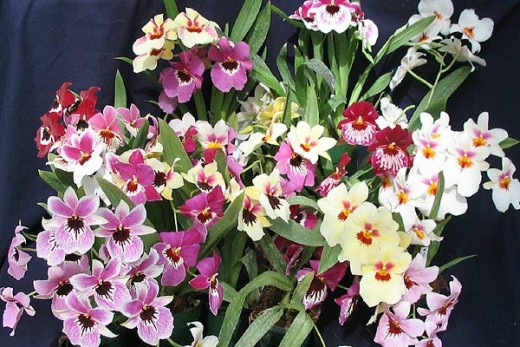
Miltroniopsis - the Pansy Orchid
Miltroniopsis (also know as the pansy orchid) are brightly colored, fragrant flowers that come in a multitude of colors. Good growing medium for these plants is shredded redwood bark, coconut fiber, Fir bark and sphagnum moss. Keep them moist but not wet. In the winter give them as much light as possible but in the summer keep them in about 60% shade.
Stinky
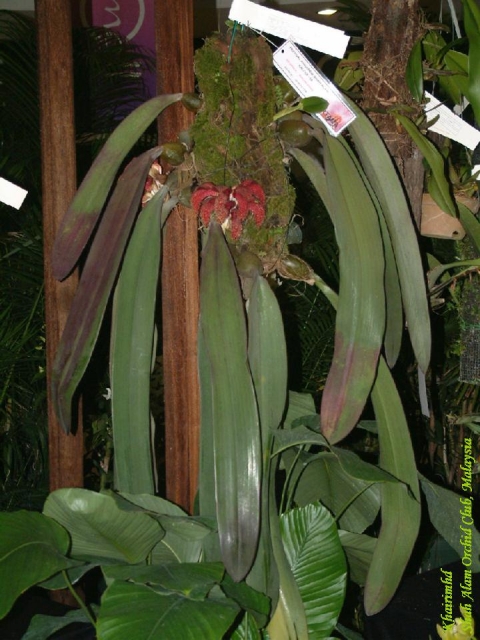
Orchid Trivia
Orchids come in a variety of colors but a white orchid symbolizes innocence and grace, therefore giving a while orchid shows your love is sincere and pure.
There is the Bulbophyllum phalaenopsis which smells like rotting meat. This smell attracts a particular type of fly needed for pollination. In the New York International Orchid Show in 2005, a 6 foot tall orchid of this variety won the Best in the show. Its name was “Stinky.”
Orchids are a symbol of beautiful perfection due to the symmetry or the flowers and stems. According to Christian theology the spots on orchids are believed to represent the blood of Christ, therefore, you will often see them in Easter and Christmas flower arrangements.
In Conclusion
Orchids are the most beautiful plant in the world; growing on all continents except Antarctica. I remember my boyfriend giving me an orchid corsage for my graduation prom, and I was thrilled.
The varieties of orchids are numerous with a lovely selection of color and style. Many orchids are easy to grow, so these plants are no longer just for the rich or those with the green thumb. If you enjoy having plants in your home and haven’t tried growing orchids, pick one of the varieties listed above that are easier to grow, and I imagine you will be pleased with the results.
The copyright, renewed in 2018, for this article is owned by Pamela Oglesby. Permission to republish this article in print or online must be granted by the author in writing.

